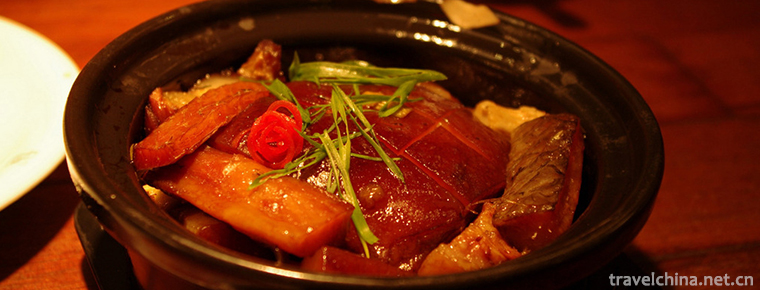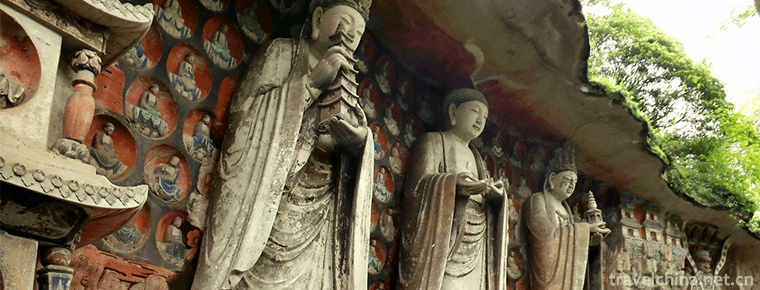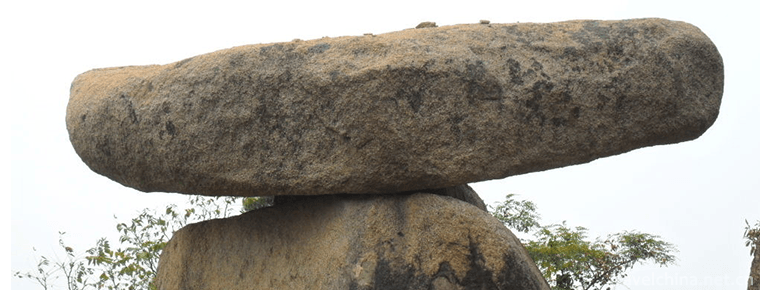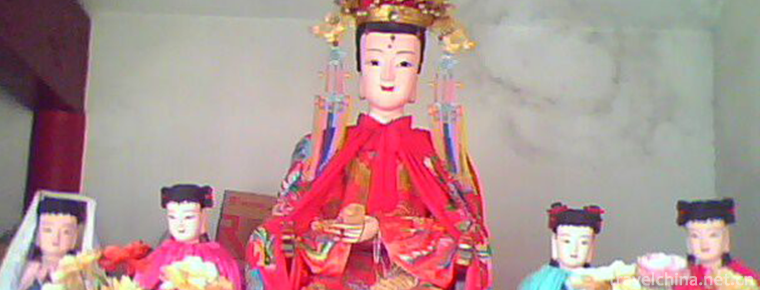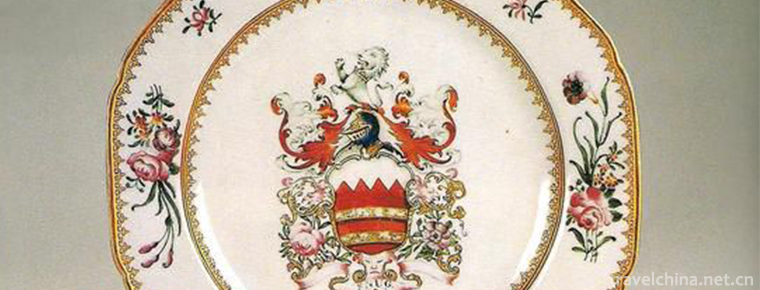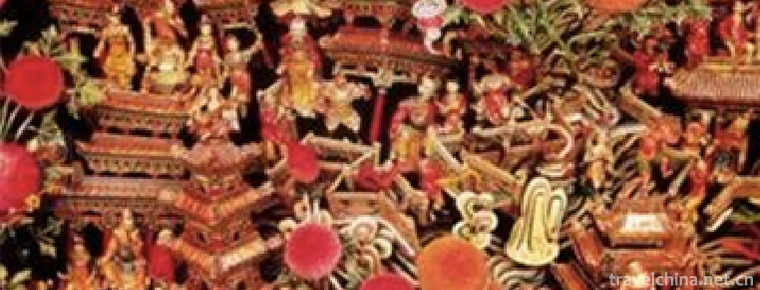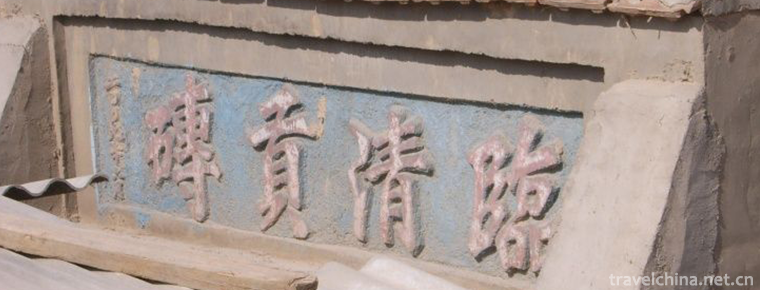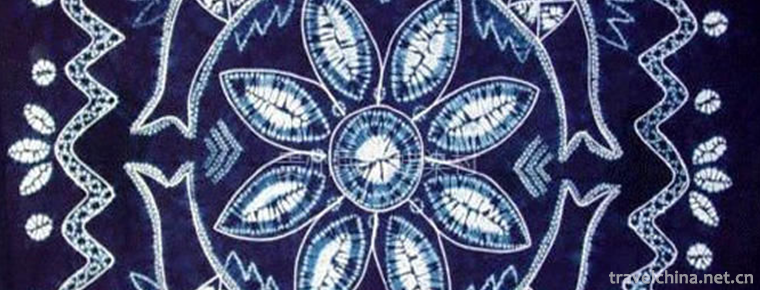Asil Lysi
Asil Lysi
"Asr" is the abbreviation of "Asru Winder" in Mongolian, and its translation is of great significance. Asr is a kind of Mongolian court music, which has a unique national style and is widely spread in the original Chaharmong area. Aser is a popular Mongolian court music in Yuan Dynasty, which is widely inherited and has become an excellent Mongolian national culture.
"Aser" music absorbs the elements of Han and Manchu national music at the same time. It has a wide range of compatibility and unique nationality, and has important artistic value and research value.
On December 03, 2014, Asr declared by the Yellow Banner Inserted in Inner Mongolia Autonomous Region was listed in the fourth batch of national intangible cultural heritage list with the approval of the State Council.
historical origin
Asr is the general name of an ancient music spread in the Chahar grassland. It originally belonged to the Royal noble music and was the popular Mongolian court music in the Yuan Dynasty. Among them, "Aduqing Asr" ranks first among the eight Asr in Chahar, which has the characteristics of long inheritance history, wide dissemination scope and complete preservation. According to textual research, 60% of the other Asr music spread in Aduqing Asr and Chahar grassland is concentrated in the Yellow flag, which reflects the unique folk customs of the ancient Chaharmong people and is often used in large-scale celebrations.
In the process of dissemination and inheritance, Aser mainly takes official and folk ways. The official performance of the "Music Band" in Wang Gongfu residence is mainly inherited from generation to generation by musicians, while the folk inheritance is mainly inherited by teachers and apprentices. Wangfu music and folk music depend on each other, penetrate each other, and transform each other under certain conditions. As a form of banquet music, Aser was influenced by folk music, and also favored by Wangfu Band musicians and even literati and refined musicians. In addition, most of the musicians of the Wangfu Music Band come from highly skilled performers and artists. In the practice of playing Asr, they also participated in the processing and enrichment of Asr's creative activities, so that in the long process of dissemination and inheritance, they have the dual characteristics of Wang Fu music and folk music.
Since the early Qing Dynasty, with the establishment of the alliance flag system in Chahar area, Chahar flags often hold large-scale banquets, Nadam and other activities. Various folk customs and activities and Buddhist affairs of temples and monks have never been interrupted. As an important art form in the region, Aser is closely related to these activities and plays an important role in the dissemination of culture and art in the region. In other words, a wide range of social and folk matters in Chahar area need Asr music, and Asr music has also been widely disseminated through social and folk matters, and has been popularized among the people, thus forming a benign interactive relationship.
After the founding of New China, the music culture of all ethnic groups in Inner Mongolia has entered a new period of development. In the late 1940s and early 1950s, the chairman of the autonomous region, Ulanfu, encouraged the Inner Mongolia Cultural and Works Group to absorb instrumental talents from the folk. At that time, horsehead piano master Salaxi, Sihu master Sun Liang, as well as Asr master Babadolji, Salingrad and other people were transferred to the Inner Mongolia Literature and Works Group, making Mongolian traditional instruments and music on the professional literary and artistic stage. In 1955, Inner Mongolia Song and Dance Troupe came to Beijing to perform. The opening ceremony was "Asr" song and dance and music. It took the lead in putting this ancient banquet on the stage and won the praise of the capital audience. In the same year, the literary and artistic team composed of the backbone of literary and artistic groups in Inner Mongolia rehearsed the large-scale chorus "Inner Mongolia Good", whose theme tone was taken from the instrumental music "Aduqin Asr", which was praised by experts, and the Central Radio specially sent people to record the program.
artistic characteristics
"Aser" is a general name of Mongolian ancient instrumental ensemble, is the main representative of Xilinguole grassland silk and bamboo music, belongs to pure instrumental banquet music. It is spread in the former Chahar area in the south of Xilinguole League, Inner Mongolia. Usually by the Mongolian traditional bow string instruments, plucked instruments and wind instruments, the main instruments used are: Iqili - Matouqin, Hur - Sihu, Yatoga - Mongolian Zheng, Xiangji - Sanxian, Linbi - flute. It can also be seen in solos, humming, whistles and other different forms of performance.
There are two meanings of Asr in Mongolian. First, in Mongolian, there are honorifics such as "Azuli Tenggery", "Azuru Ih", "Asr Ih Wendur". Related to this, there are also several kinds of "Aslin Wendur" in ancient court music, which all have the meaning of "sublime" and "great". Second, people call the houses inhabited by ancient Mongolian Khans, nobles and living Buddhas "Ao Rideng Ha Rixi" (palace) or "Asr Takta" (pavilion). Therefore, the first part of the music played in their palace is called "Aslin Windu", "Asl", and the music is called "Asl Dena". According to the relevant documents, "Asr" can be traced back to the period of Genghis Khan's Western Expedition. The early themes mainly include the praise of Genghis Khan and Mongolian iron riding. The repertoire includes "Dahan Asr" and "Splendid Asr".
"Aser" is the Mongolian court music prevailing in the Yuan Dynasty, similar to the western symphony, can be said to be the Mongolian symphony, is the representative of Mongolian mainstream orthodox culture. During the performance, the performers were dressed in Mongolian costumes. The musical instruments were mainly horse-headed qin, four-hu, dulcimer, flute and so on.
Representative works
"Dahan Asr" and "Splendid Asr"
Zhenglan Banner has established the Asr Original Ecological Art Association, and the Banner Culture Museum has collected and sorted out 10 Chahar Palace Music Scores, including Chahar Palace Banquet Song, Shuangba Yin, Da'an Music, Four Seasons of Peace, Qing Dynasty, Yuanyang Mansion, Ping'an Zhou, Pastoral Horse Song, Three Gifts, Xingshan Jide, Bayin Asr and Zheng'an'an'an'an. White Banner Asr, Ming'an Asr, Taipu Temple Asr, Zhenghuang Banner Asr are five banner Asr music scores; Asr of Herding Horses, Asr of Suluk Pasture, Asr of Zhenghuang Pasture; Asr of Shepherd; Asr of Sulagai Asr, Asr of Band, Asr of Chagan Asr are three variations of Asr.
Inheritance significance
With the passage of time, by the end of the last century, the once brilliant "Asr" music was in an awkward situation of survival and was on the verge of being lost. Some of the songs were no longer able to play, and many young Mongolian people did not know what "Asr" meant. In order to save this ancient Mongolian instrumental music, nearly 30 pieces of court music were compiled by "Asr Music Town", involving more than 20 sets of court costumes of "Asr".
"Aser" music has been successfully declared as the intangible cultural heritage project of the autonomous region, and has been named "Aser Music Town of Mongolian People in China" by the Chinese Association of Folk Literature and Art Artists. It plays a positive role in protecting and inheriting the excellent national culture and promoting the construction of national culture.
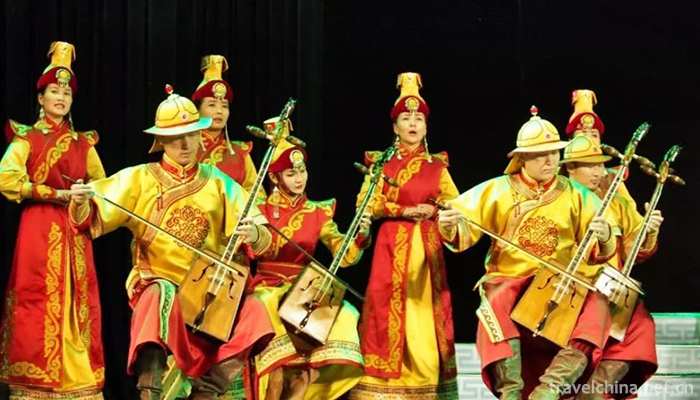
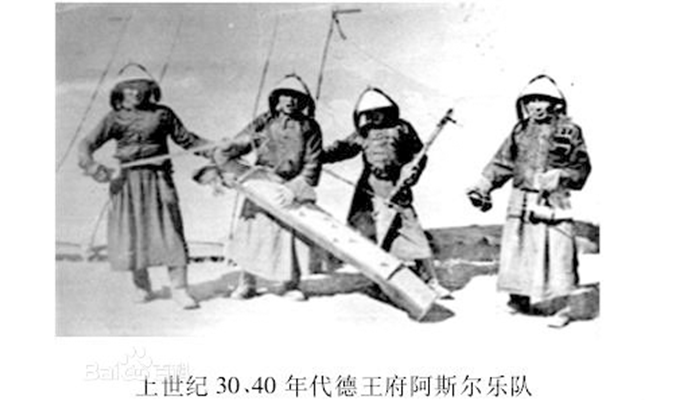
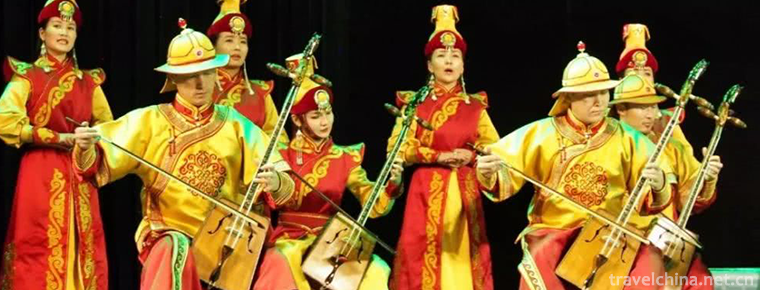
Asil Lysi
-
Dongpos braised pork
Dongpo meat, also known as roll meat and Dongpo stewed pork, is a famous traditional dish in Meishan and Jiangnan area
Views: 227 Time 2018-10-27 -
Jingpo Lake
Jingbo Lake: National AAAAA-level tourist attractions, World Geopark, National Key Scenic Spots, International Ecotourism Resort, National Civilized Scenic Spots Demonstration Sites
Views: 312 Time 2018-12-05 -
The Dazu Rock Carvings
Dazu Stone Scenic Area is a religious cliff sculpture in the late Tang and early Song Dynasty, with Buddhist themes as the main theme, especially the Beishan Cliff sculpture and Baoding Mountain Cliff
Views: 255 Time 2018-12-12 -
Seven Stars Scenic Spot
Seven Stars Scenic Spot/Qixing Scenic Spot is located on the East Bank of Lijiang River in Guilin City, along Xiaodong River, a tributary of Lijiang River, 1.5 kilometers away from the city center.
Views: 129 Time 2018-12-17 -
mount yi
Yashan, also known as "Zou Yashan", "Zou Shan", "Dong Shan", is one of the nine famous historical and cultural mountains in ancient China at an altitude of 582.8 meters.
Views: 165 Time 2019-03-04 -
Legend of Filial Women in the East China Sea
The filial woman in the East China Sea is an ancient folklore story. Her real name is Zhou Qing. It comes from Biographies of LieNu and Biographies of Yu Dingguo.
Views: 158 Time 2019-04-27 -
Firing Techniques of Guangcai Porcelain
Guangcai Porcelain Firing Technology, a local traditional handicraft in Guangzhou, Guangdong Province, is one of the national intangible cultural heritages.
Views: 123 Time 2019-05-01 -
Sweat green
"Khan Qing Gele" is a heroic epic of the Mongolian people in Haixi. In the form of rap and speech, it tells the story of the Mongolian heroes destroying demons and saving the people, flashin
Views: 243 Time 2019-05-02 -
Hakka ancient prose
As early as the late Ming Dynasty and early Qing Dynasty, Hakka ancient prose had been formed, mainly distributed in Gongjiang Town, Xinpi Township, Kuanta Township, Zishan Town,
Views: 179 Time 2019-05-09 -
Burning Techniques of Linqing Gong Bricks
Linqing fired tribute brick is an ancient handicraft. Beginning in the early Ming Dynasty, Yongle's firing technology is the unique experience accumulated by the working people in Linqing of Shandong
Views: 117 Time 2019-05-13 -
Tie dyeing skills
Tie-dyeing, known as Zha Val, Ge Val, Jia Val and Dye Val in ancient times, is a traditional and unique dyeing process of Chinese folk. A dyeing method in which fabrics are partially tied up so that t
Views: 166 Time 2019-07-16 -
Bruce Lee
Bruce Lee (November 27, 1940 -1973 July 20th) Lee Jun Fan Teacher Ye Wen Born in California, USA San Francisco The ancestral home of China Guangdong Province Foshan City Shunde District Junan Town The
Views: 169 Time 2019-09-04
